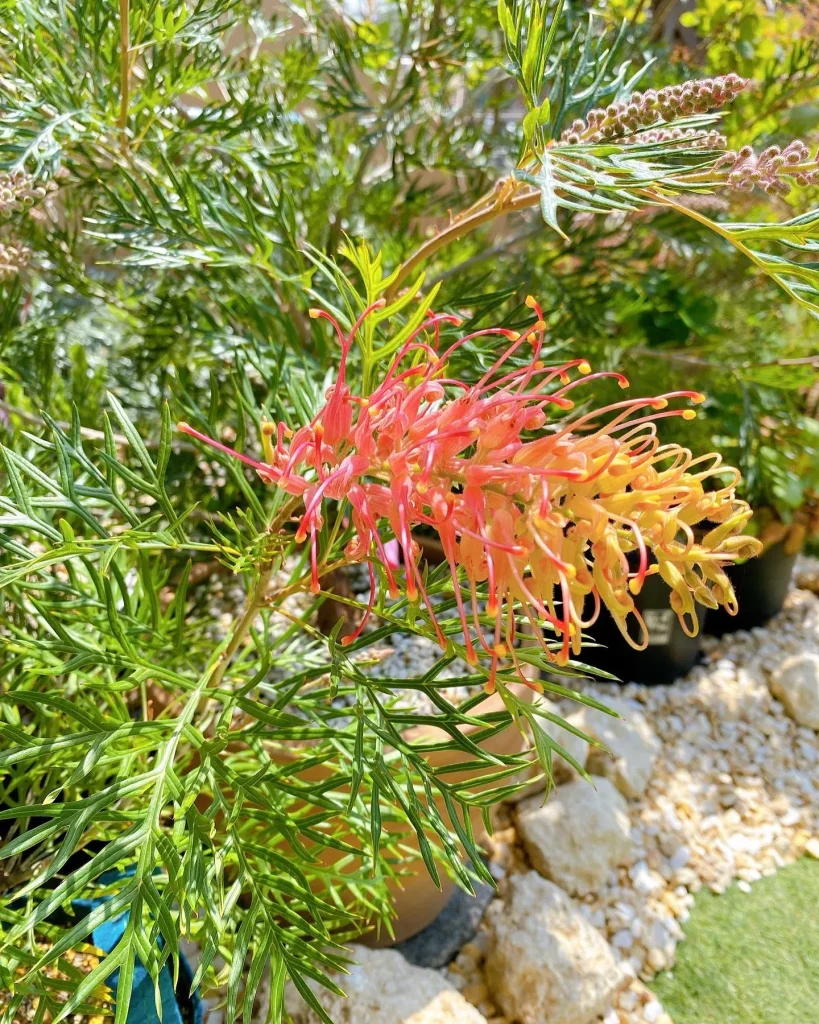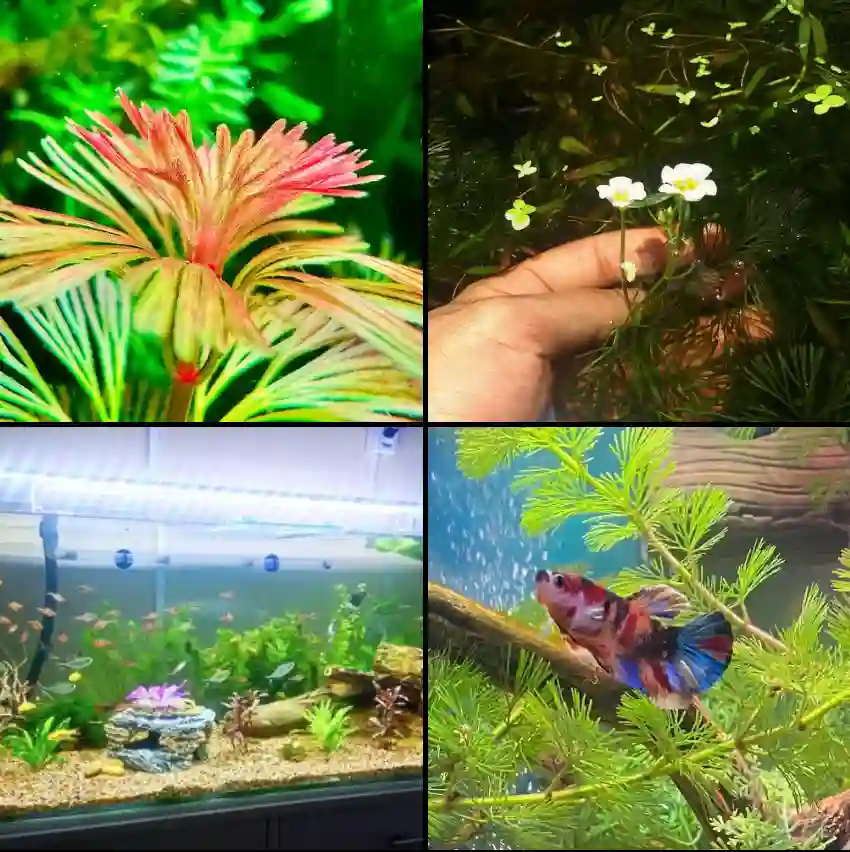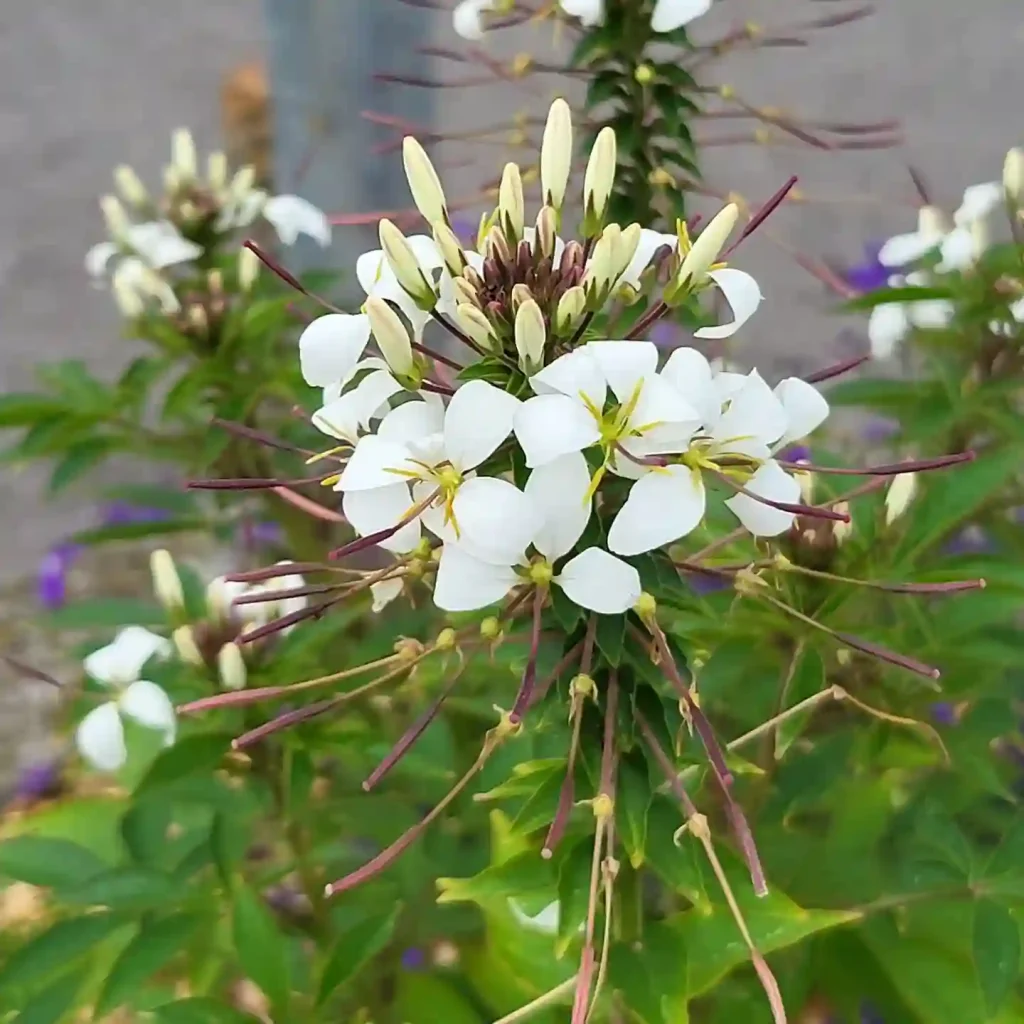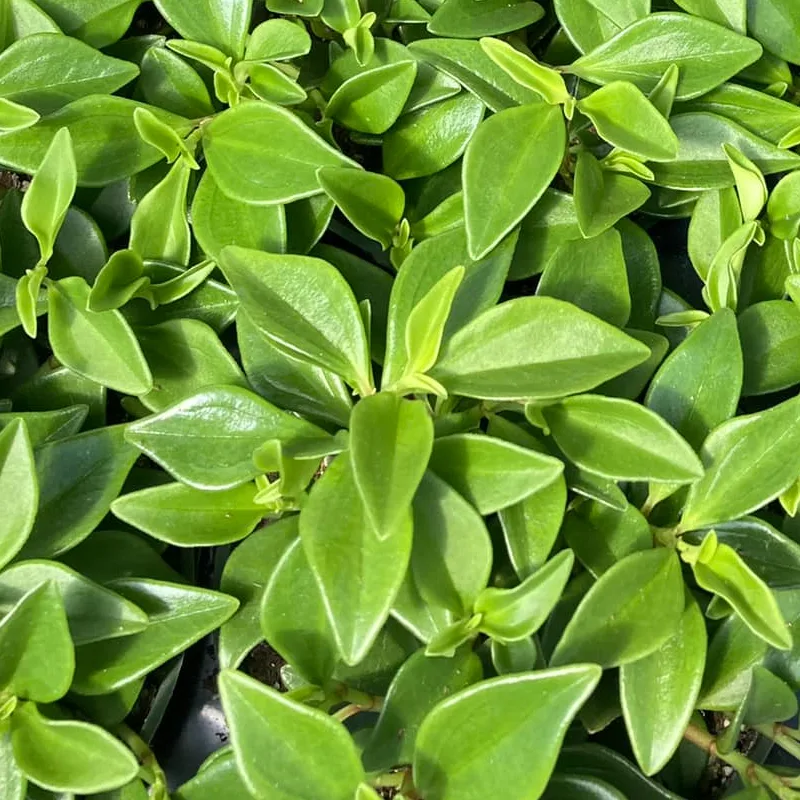Watsonia: A South African Gem in My Garden
My name is Ferb Vu, and I’ve always been drawn to the vibrant flora of South Africa. Among the many captivating plants that hail from this region, the genus Watsonia holds a special place in my heart. These elegant, sword-leaved plants, with their tall, graceful spikes of brightly colored flowers, bring a touch of exotic beauty to any garden. I’m particularly fascinated by the diversity within this genus, with each species offering its own unique charm.
A Closer Look at Watsonia
Named after Sir William Watson, an 18th-century British botanist, Watsonia belongs to the iris family (Iridaceae). They are commonly known as bugle lilies due to the shape of their flowers, which resemble miniature trumpets. These perennials grow from corms, underground storage organs similar to bulbs, and thrive in sunny locations with well-drained soil.
What truly captivates me about Watsonia is the sheer variety of colors their flowers display. From fiery reds and oranges to delicate pinks and purples, there’s a Watsonia to suit every taste. Their blooming period typically extends from late spring to early summer, creating a spectacular show in the garden when many other plants are starting to fade.
A Diverse Genus: Listing the Species
The genus Watsonia boasts a rich diversity, with around 54 recognized species. Some of the most notable ones include:
- Watsonia aletroides (Burm.f.) Ker Gawl.
- Watsonia amabilis Goldblatt
- Watsonia amatolae Goldblatt
- Watsonia angusta Ker Gawl.
- Watsonia bachmannii L.Bolus
- Watsonia bella N.E.Br. ex Goldblatt
- Watsonia borbonica (Pourr.) Goldblatt
- Watsonia canaliculata Goldblatt
- Watsonia coccinea (Herb. ex Baker) Baker
- Watsonia confusa Goldblatt
- Watsonia densiflora Baker
- Watsonia distans L.Bolus
- Watsonia dubia Eckl. ex Klatt
- Watsonia elsiae Goldblatt
- Watsonia emiliae L.Bolus
- Watsonia fergusoniae L.Bolus
- Watsonia fourcadei J.W.Mathews & L.Bolus
- Watsonia galpinii L.Bolus
- Watsonia gladioloides Schltr.
- Watsonia humilis Mill.
- Watsonia hysterantha J.W.Mathews & L.Bolus
- Watsonia inclinata Goldblatt
- Watsonia knysnana L.Bolus
- Watsonia laccata (Jacq.) Ker Gawl.
- Watsonia latifolia N.E.Br. ex Oberm.
- Watsonia lepida N.E.Br.
- Watsonia × longifolia J.W.Mathews & L.Bolus
- Watsonia marginata (L.f.) Ker Gawl.
- Watsonia marlothii L.Bolus
- Watsonia meriana (L.) Mill.
- Watsonia minima Goldblatt
- Watsonia mtamvunae Goldblatt
- Watsonia occulta L.Bolus
- Watsonia paucifolia Goldblatt
- Watsonia pillansii L.Bolus
- Watsonia pondoensis Goldblatt
- Watsonia pulchra N.E.Br. ex Goldblatt
- Watsonia rogersii L.Bolus
- Watsonia rourkei Goldblatt
- Watsonia schlechteri L.Bolus
- Watsonia spectabilis Schinz
- Watsonia stenosiphon L.Bolus
- Watsonia stokoei L.Bolus
- Watsonia strictiflora Ker Gawl.
- Watsonia strubeniae L.Bolus
- Watsonia tabularis J.W.Mathews & L.Bolus
- Watsonia transvaalensis Baker
- Watsonia vanderspuyae L.Bolus
- Watsonia versfeldii J.W.Mathews & L.Bolus
- Watsonia vicschuettei C.J.Potg. & I.M.Johnson
- Watsonia watsonioides (Baker) Oberm.
- Watsonia wilmaniae J.W.Mathews & L.Bolus
- Watsonia wilmsii L.Bolus
- Watsonia zeyheri L.Bolus
My Experience with Watsonia
I’ve been growing Watsonia in my garden for several years now, and they’ve consistently brought me joy. I started with a few corms of Watsonia borbonica and was immediately impressed by their vigor and beauty. Since then, I’ve expanded my collection to include several other species, each with its own unique appeal.
One of the things I appreciate most about Watsonia is their relative ease of care. Once established, they require minimal attention, thriving in my Mediterranean climate with its dry summers and mild, wet winters. I’ve found that they’re also relatively pest and disease-free, making them a low-maintenance addition to the garden.
I particularly enjoy using Watsonia in my cut flower arrangements. Their long, sturdy stems and vibrant blooms make them ideal for creating dramatic displays. They also have a good vase life, lasting for up to two weeks if properly cared for.
The Allure of Watsonia
For me, Watsonia represents the essence of South African flora: bold, colorful, and resilient. These plants bring a touch of exotic elegance to my garden, and I’m always eager to share their beauty with others. Whether you’re a seasoned gardener or just starting out, I highly recommend giving Watsonia a try. You won’t be disappointed.
If i die, water my plants!



